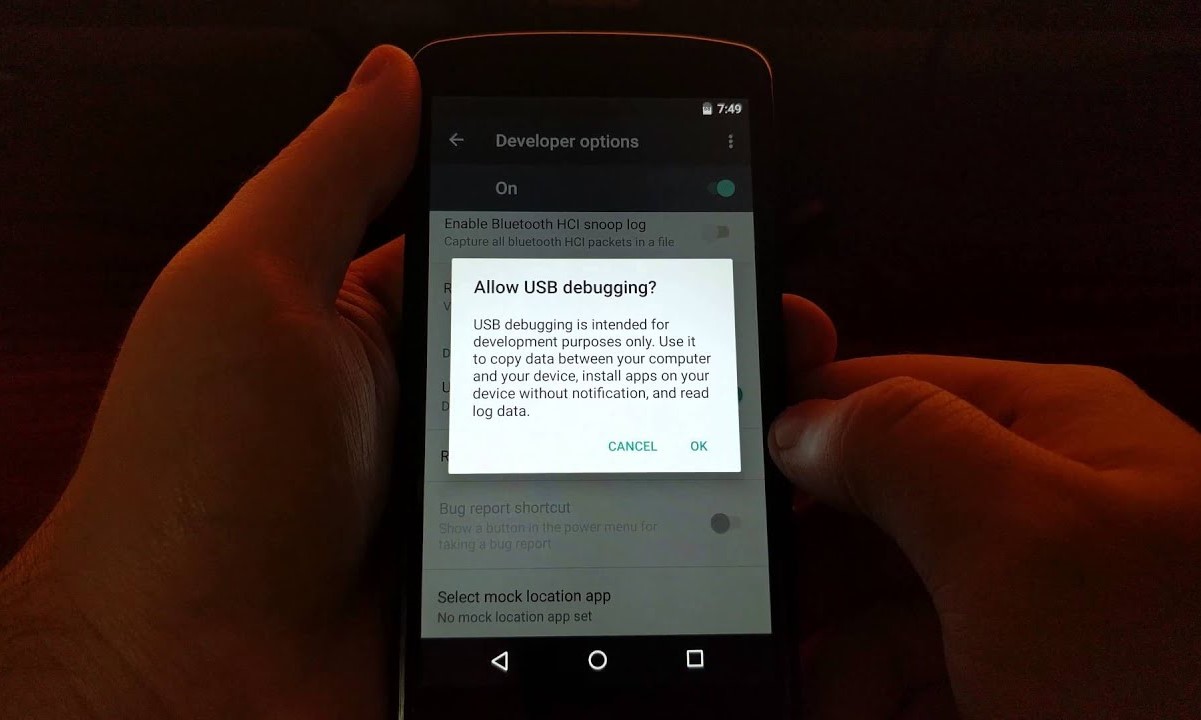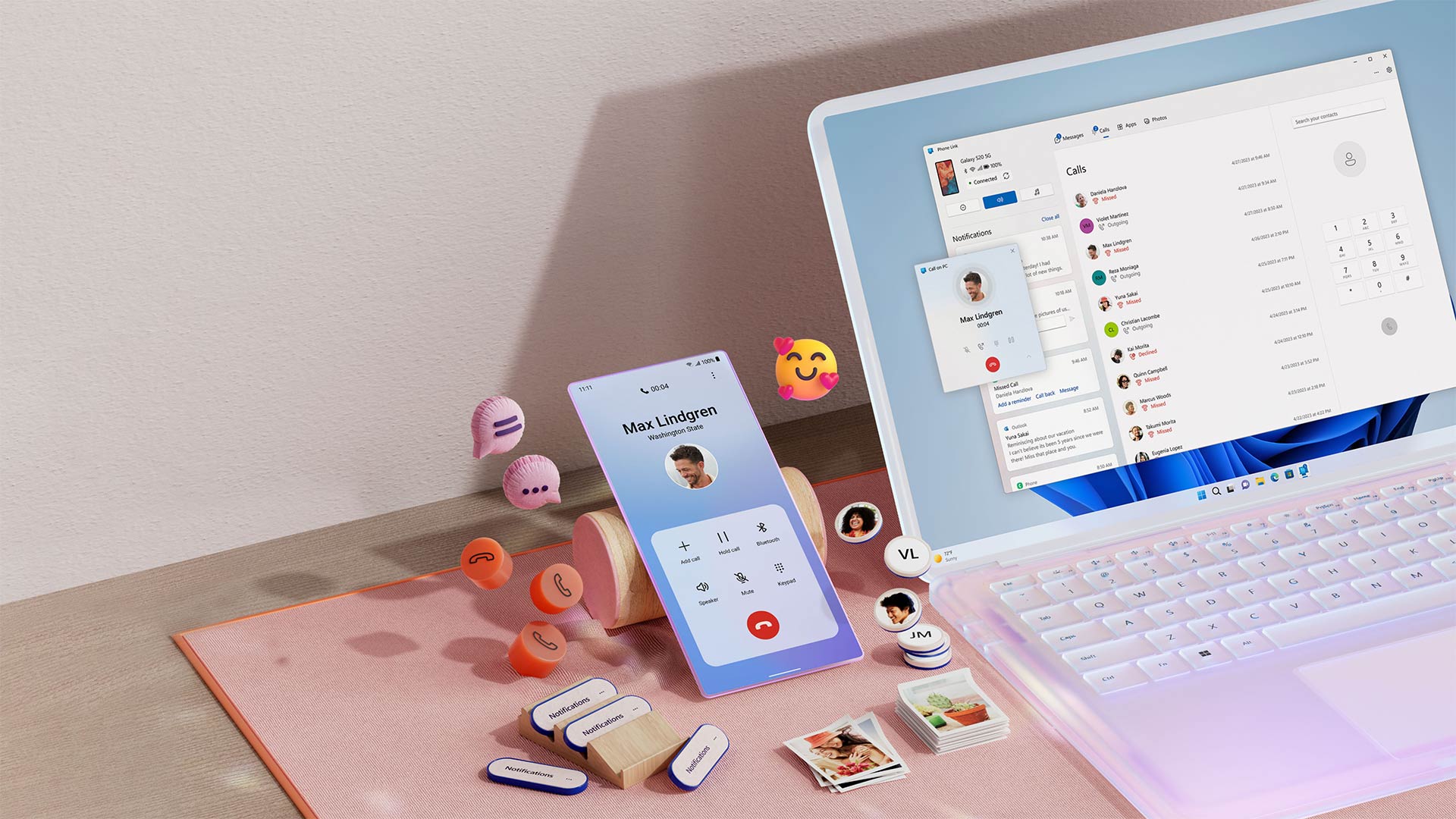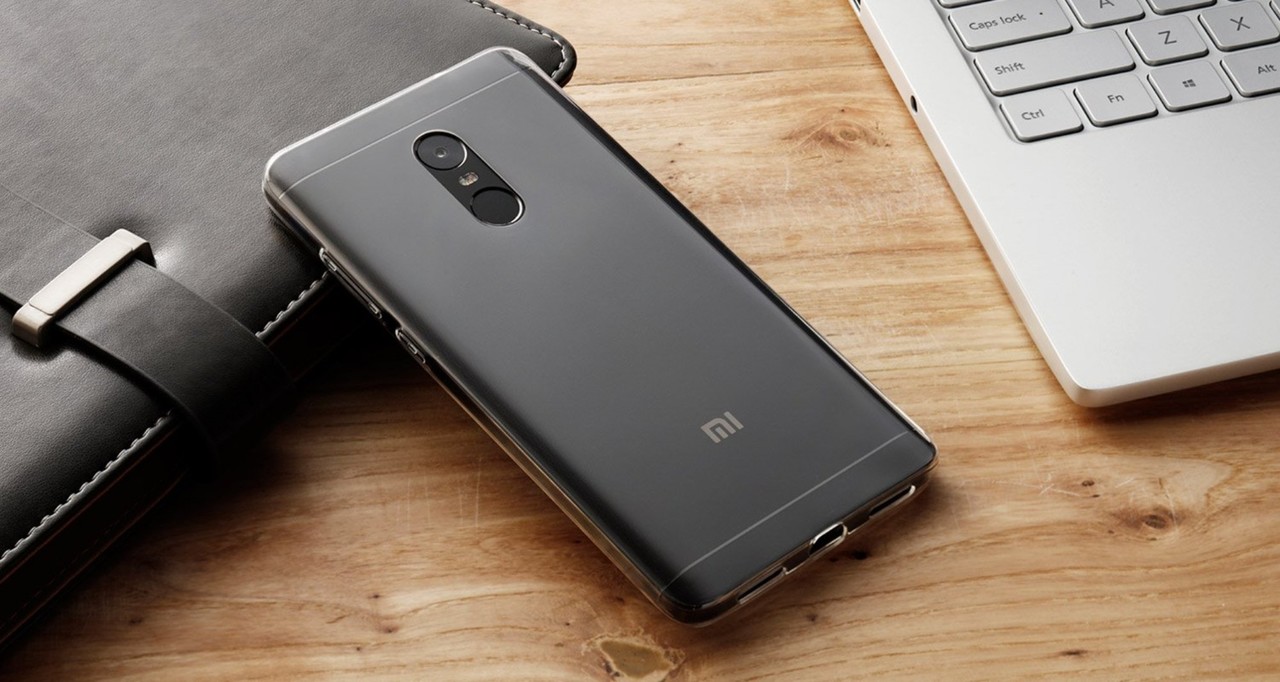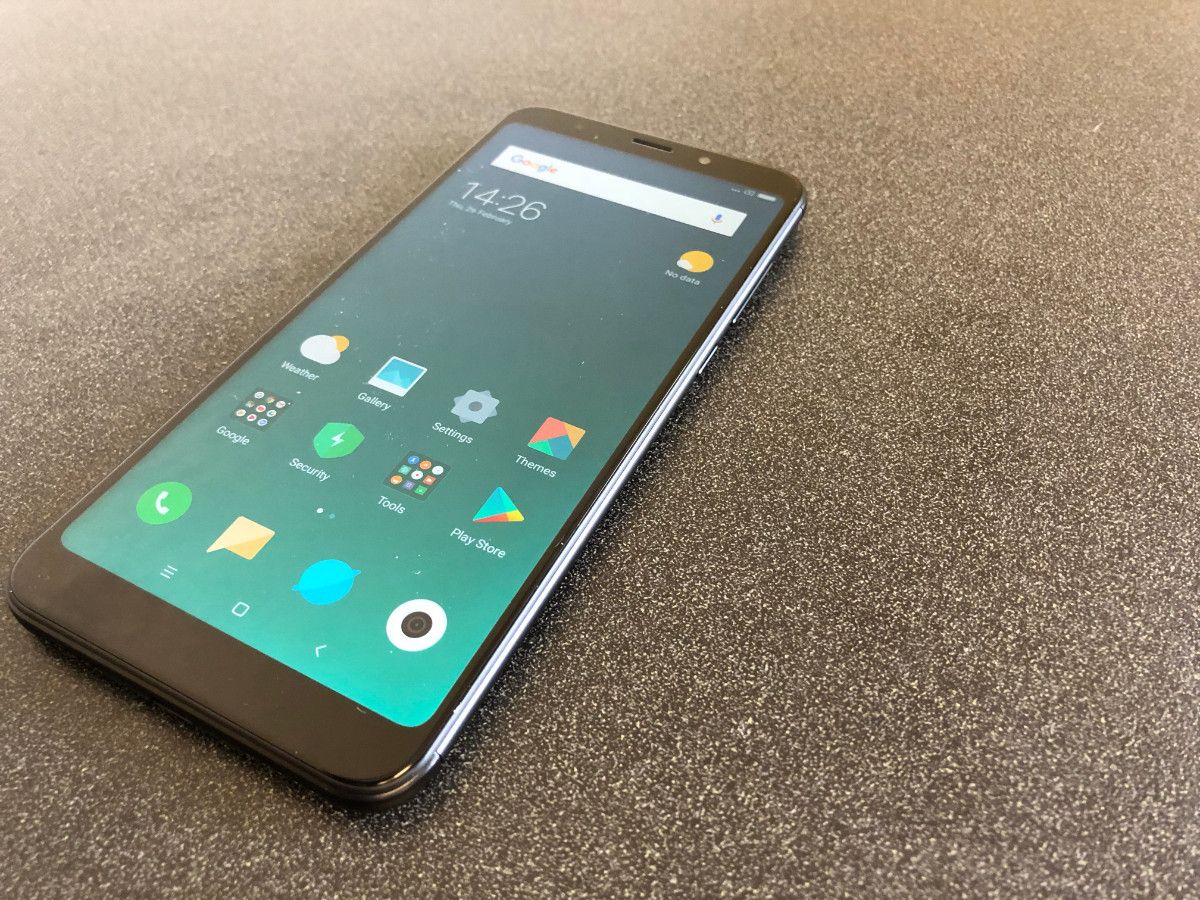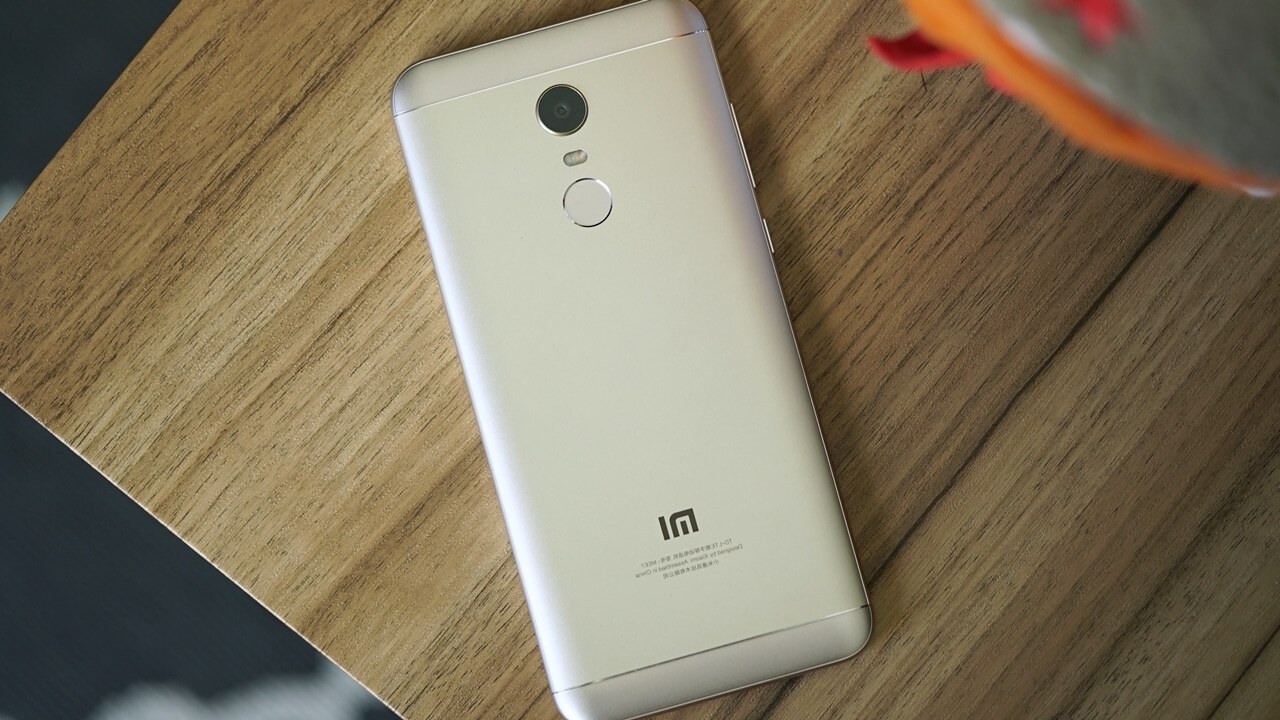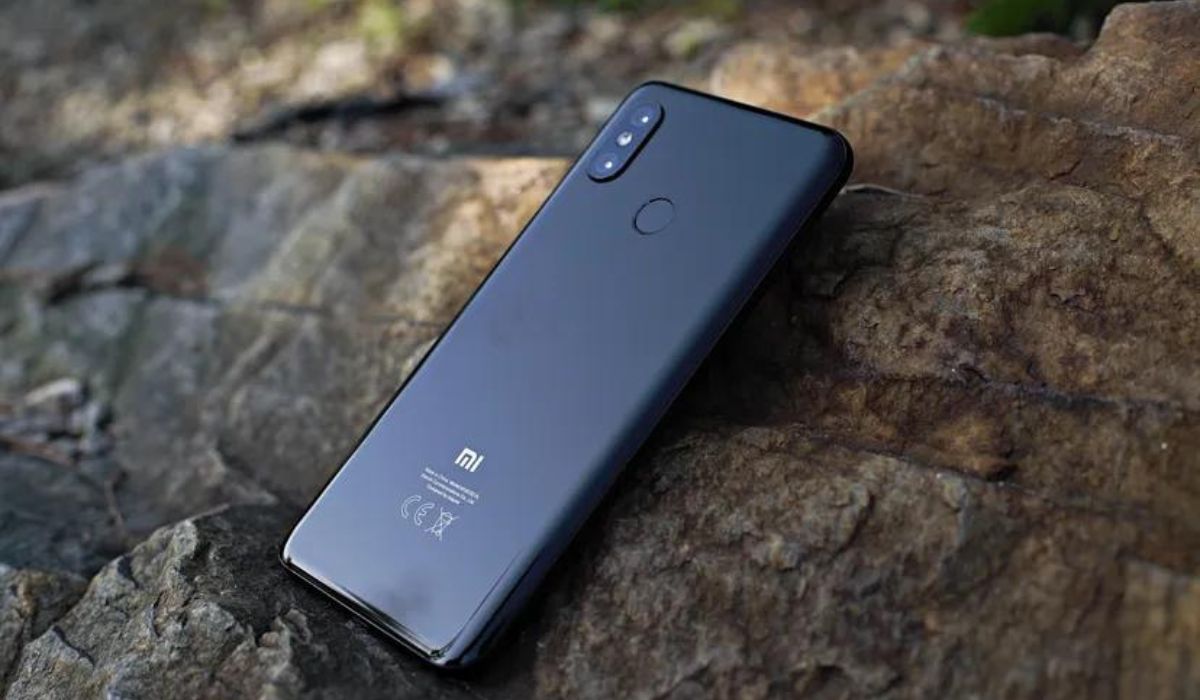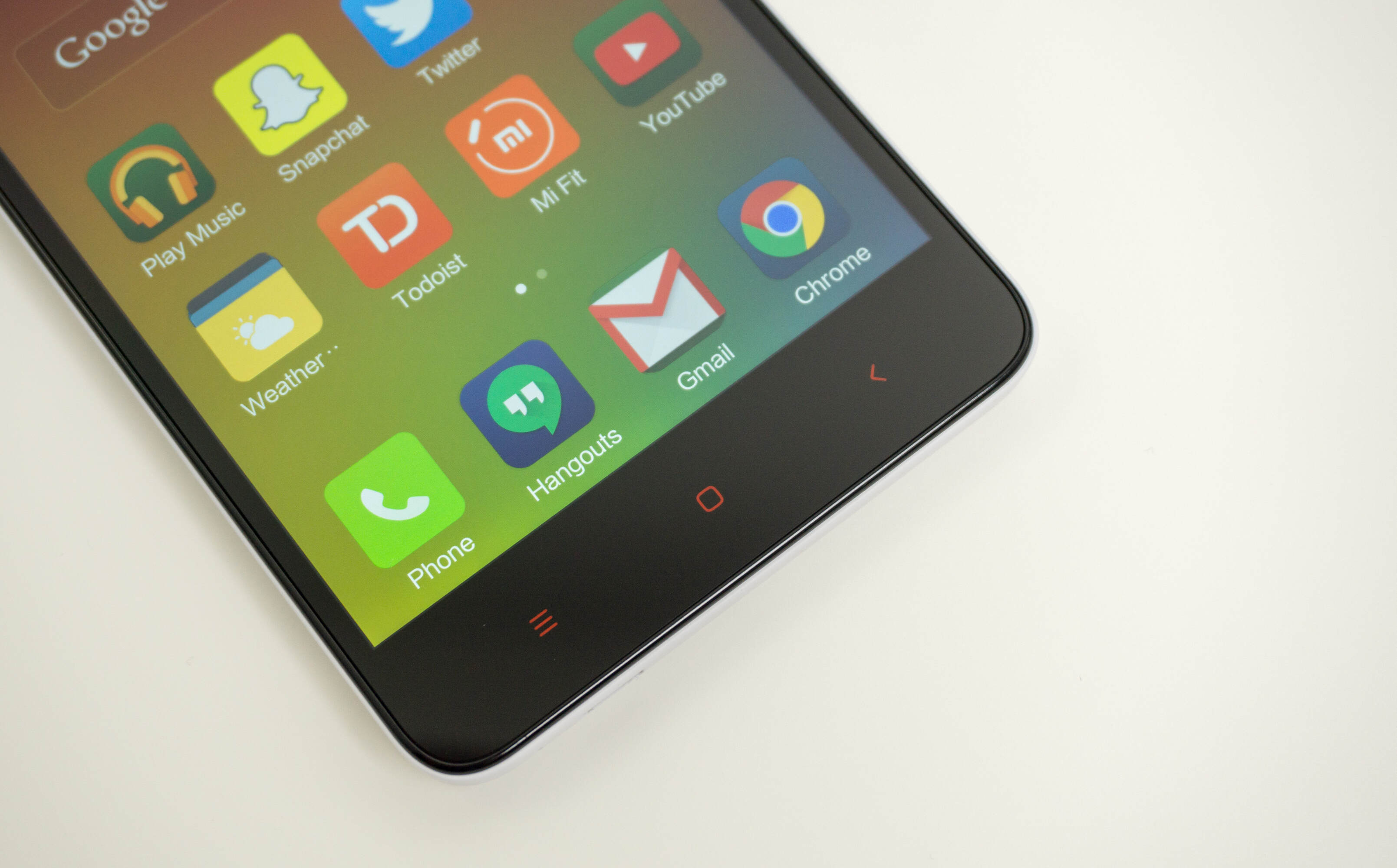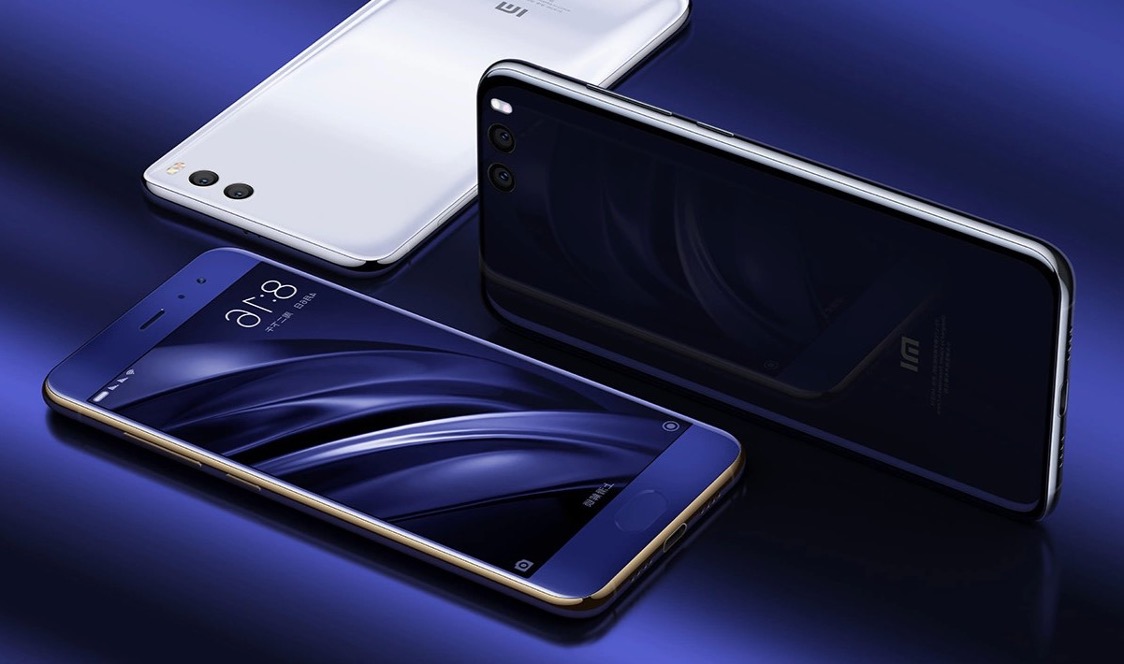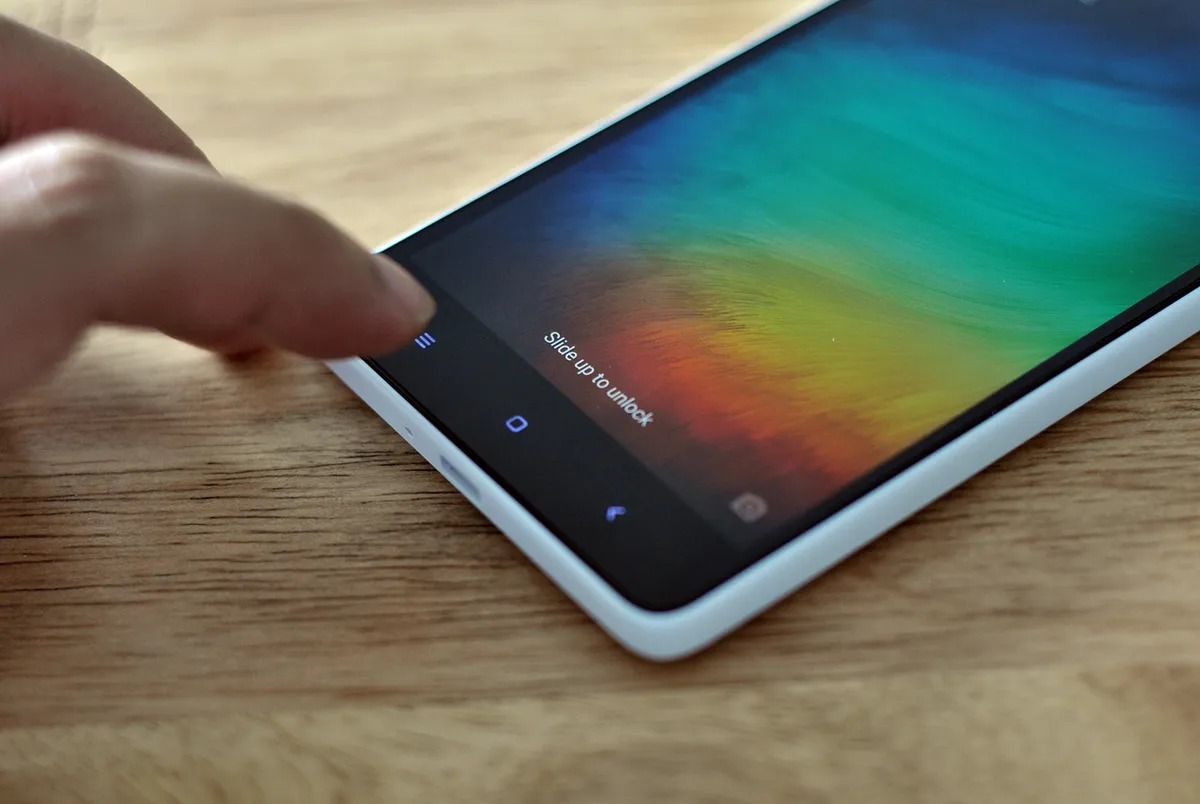Introduction
In the fast-paced world of mobile technology, smartphones have become an indispensable part of our daily lives. With the advancement of mobile devices, the need for seamless connectivity and efficient troubleshooting has become increasingly important. This is where USB debugging comes into play.
USB debugging is a feature that allows an Android device to communicate with a computer running the Android SDK (Software Development Kit) to use advanced operations. This feature is particularly useful for developers and tech-savvy users, as it enables them to access the device's system for debugging, installing apps, and performing various tasks that are not accessible through standard user interfaces.
In this article, we will delve into the specifics of USB debugging on Xiaomi devices, providing a quick and easy setup guide for enabling this essential feature. Whether you're a developer looking to test your apps or a user seeking to troubleshoot your Xiaomi device, understanding how to enable USB debugging can be a game-changer in optimizing your mobile experience.
Let's explore the significance of USB debugging and the step-by-step process to enable it on your Xiaomi device. Whether you're a seasoned tech enthusiast or a curious beginner, this guide will equip you with the knowledge to harness the full potential of USB debugging on your Xiaomi smartphone.
What is USB Debugging?
USB debugging is a crucial feature in the Android operating system that allows a device to communicate with a computer for advanced operations. When enabled, USB debugging facilitates a direct connection between an Android device, such as Xiaomi smartphones, and a computer, enabling developers and users to access the device's system for various purposes.
One of the primary functions of USB debugging is to aid developers in testing and troubleshooting applications. By enabling USB debugging, developers can deploy and debug their apps directly from the computer, streamlining the development process and enhancing efficiency. This feature provides access to the device's internal system, allowing developers to monitor app performance, identify bugs, and optimize their applications for a seamless user experience.
Moreover, USB debugging is instrumental in performing advanced tasks that are not accessible through standard user interfaces. It grants users the ability to access the device's system logs, install custom firmware, and execute commands through a connected computer. This level of access is particularly valuable for tech-savvy users who seek to customize their devices, diagnose system issues, or explore the full potential of their Xiaomi smartphones.
In addition to its utility for developers and advanced users, USB debugging also plays a vital role in device maintenance and troubleshooting. When encountering software-related issues, enabling USB debugging allows users to connect their Xiaomi device to a computer and utilize debugging tools to diagnose and resolve the underlying problems. This can include tasks such as recovering data, flashing custom ROMs, and performing system-level operations that are not feasible through standard device interfaces.
Overall, USB debugging serves as a bridge between an Android device and a computer, empowering developers and users to harness the full capabilities of their devices. Whether it's for app development, system customization, or troubleshooting, the ability to enable USB debugging on Xiaomi smartphones opens up a realm of possibilities for optimizing the mobile experience.
Why Enable USB Debugging on Xiaomi?
Enabling USB debugging on Xiaomi devices unlocks a myriad of capabilities that cater to both developers and general users. For developers, this feature is indispensable as it facilitates the seamless testing and debugging of applications. By establishing a direct connection between the Xiaomi smartphone and a computer, developers can deploy, monitor, and troubleshoot their apps with unparalleled efficiency. This direct communication streamlines the development process, allowing developers to identify and rectify issues swiftly, ultimately leading to the delivery of high-quality, optimized applications to users.
Moreover, USB debugging empowers developers to access the device's system logs, execute commands, and install custom firmware, providing a comprehensive toolkit for app development and system customization. This level of access is invaluable for refining app performance, identifying and resolving bugs, and tailoring applications to meet the diverse needs of users.
Beyond its significance for developers, enabling USB debugging on Xiaomi devices holds substantial benefits for general users. It serves as a gateway to advanced device maintenance and troubleshooting, offering a lifeline when encountering software-related issues. By connecting the Xiaomi smartphone to a computer with USB debugging enabled, users can leverage debugging tools to diagnose and address system issues, recover data, and perform intricate operations that transcend the limitations of standard device interfaces.
Furthermore, USB debugging facilitates the installation of custom ROMs, enabling users to personalize their device's firmware and explore a spectrum of customization options. This capability empowers users to tailor their Xiaomi smartphones to align with their preferences, whether it involves enhancing performance, modifying the user interface, or unlocking additional features that enrich the overall user experience.
In essence, enabling USB debugging on Xiaomi devices is not merely a technical procedure; it is a gateway to a realm of possibilities. Whether it's for app development, system customization, or troubleshooting, the activation of USB debugging empowers both developers and users to harness the full potential of their Xiaomi smartphones, fostering innovation, optimization, and personalized mobile experiences.
How to Enable USB Debugging on Xiaomi
Enabling USB debugging on Xiaomi devices is a straightforward process that grants users access to advanced device functionalities and empowers developers to streamline app testing and troubleshooting. Whether you're a tech enthusiast seeking to customize your Xiaomi smartphone or a developer aiming to optimize app performance, the following step-by-step guide will walk you through the process of enabling USB debugging with ease.
-
Access Developer Options: To begin, navigate to the "Settings" app on your Xiaomi device. Scroll down and tap on "About phone." Within the "About phone" section, locate the "MIUI version" or "Build number" entry and tap on it seven times. This action will unlock the "Developer options" on your device.
-
Enable Developer Options: After tapping the "MIUI version" or "Build number" seven times, you will receive a prompt indicating that you are now a developer. Return to the main "Settings" menu, and you will find the "Developer options" listed above the "About phone" section.
-
Access USB Debugging: Within the "Developer options," scroll down until you find the "USB debugging" option. Toggle the switch next to "USB debugging" to enable this feature. A prompt may appear to confirm the action; select "OK" to proceed.
-
Grant USB Debugging Permission: Upon enabling USB debugging, your Xiaomi device will prompt you to grant permission for USB debugging when connected to a computer. Select "Allow" to authorize the connection and enable USB debugging functionality.
-
Connect to Computer: With USB debugging enabled on your Xiaomi device, connect it to a computer using a USB cable. Upon connection, you will have access to advanced debugging and development features, allowing you to deploy and debug apps, access system logs, and execute commands directly from the computer.
By following these simple steps, you have successfully enabled USB debugging on your Xiaomi device, unlocking a realm of possibilities for app development, system customization, and advanced troubleshooting. Whether you're delving into the world of app development or seeking to personalize your Xiaomi smartphone, the activation of USB debugging empowers you to harness the full potential of your device with unparalleled convenience and efficiency.
Conclusion
In conclusion, the activation of USB debugging on Xiaomi devices is a pivotal step towards unlocking the full potential of these smartphones. By delving into the realm of USB debugging, users and developers alike gain access to a spectrum of advanced functionalities that transcend the confines of standard user interfaces. From app development and system customization to troubleshooting and maintenance, the significance of USB debugging extends far beyond its technical implementation.
Enabling USB debugging empowers developers to streamline the app development process, allowing for efficient testing, debugging, and optimization of applications. With direct access to the device's system logs, the execution of commands, and the installation of custom firmware, developers can fine-tune app performance and deliver high-quality, tailored experiences to users. This capability fosters innovation and efficiency in the app development landscape, ultimately enhancing the overall quality of applications available on Xiaomi devices.
For general users, the activation of USB debugging serves as a gateway to advanced troubleshooting and customization options. When encountering software-related issues, the ability to connect the Xiaomi smartphone to a computer and leverage debugging tools can be a game-changer in diagnosing and resolving system issues. Additionally, the installation of custom ROMs and the exploration of customization options enable users to personalize their devices, creating a tailored mobile experience that aligns with their preferences and usage patterns.
Furthermore, the seamless activation of USB debugging on Xiaomi devices underscores the convergence of technology and user empowerment. It bridges the gap between developers and users, offering a platform for collaboration, innovation, and personalized experiences. Whether it's for refining app performance, customizing the device's firmware, or troubleshooting intricate system issues, USB debugging empowers individuals to harness the full potential of their Xiaomi smartphones with unparalleled convenience and efficiency.
In essence, the journey of enabling USB debugging on Xiaomi devices transcends the technical realm; it embodies a fusion of creativity, innovation, and user-centric empowerment. By embracing the capabilities unlocked through USB debugging, individuals can embark on a transformative mobile experience, where customization, optimization, and innovation converge to redefine the boundaries of what is possible with their Xiaomi smartphones.







